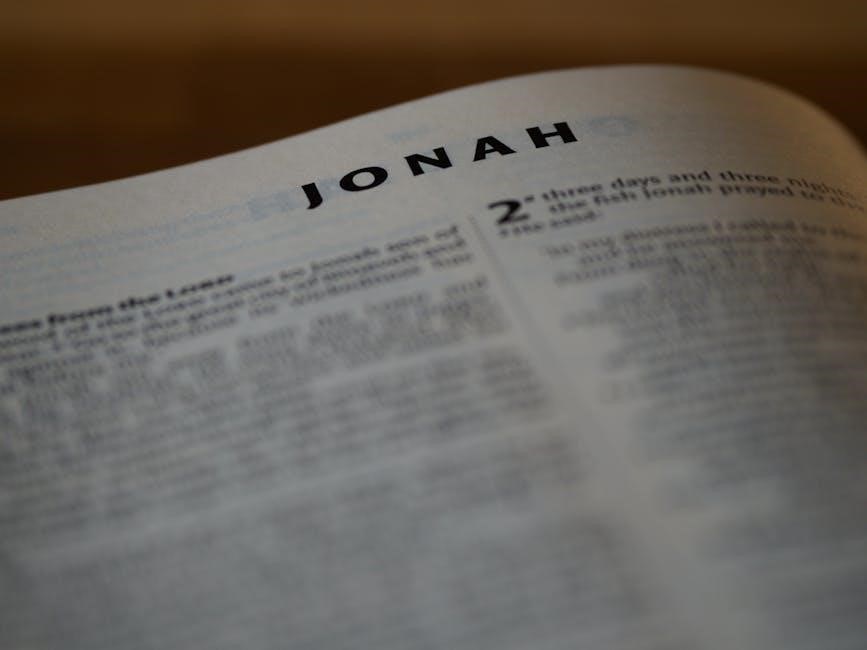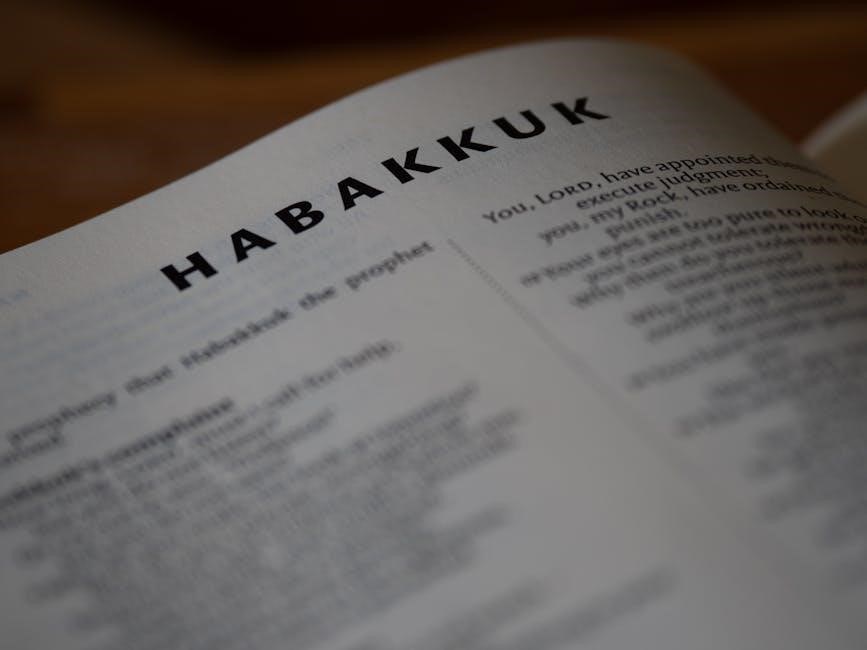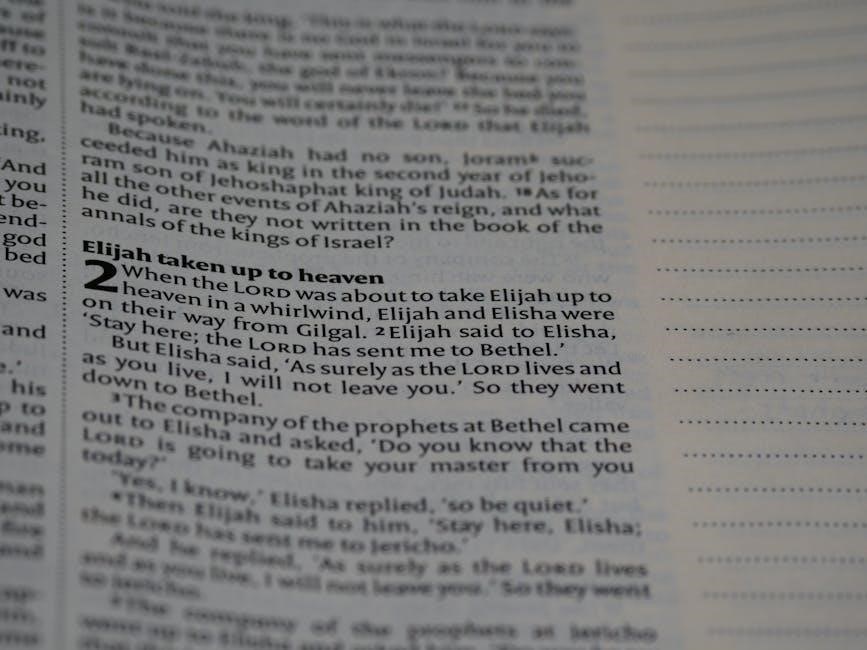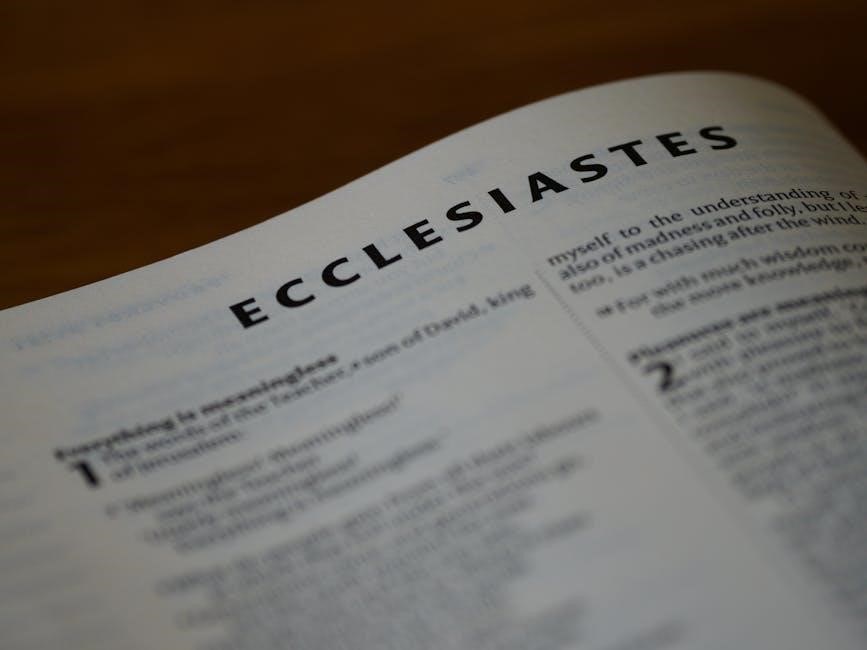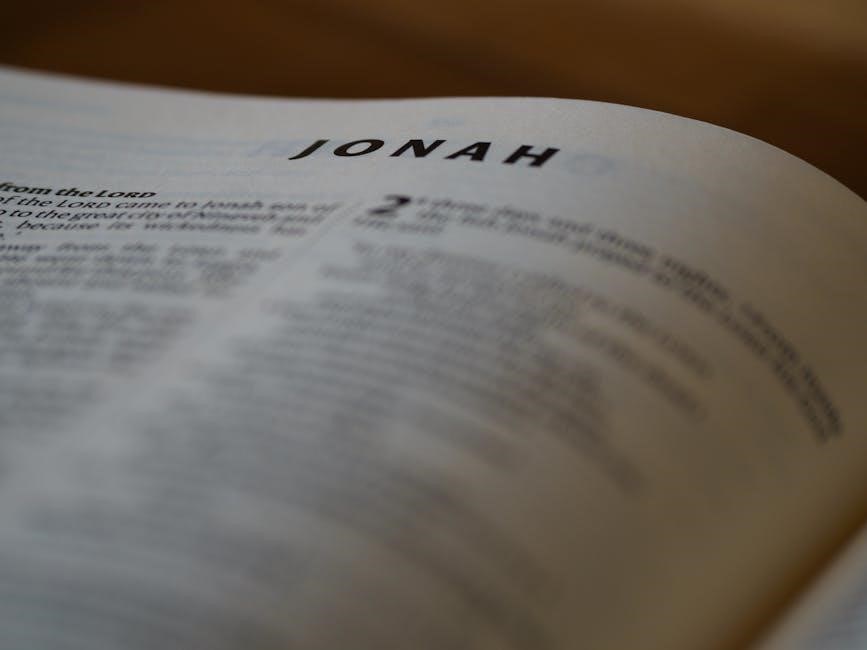The Kansas Food Stamp Application PDF (ES-3100) is the official form for applying to the state’s Supplemental Nutrition Assistance Program (SNAP). It is essential for low-income individuals and families to access food benefits through the Kansas Department for Children and Families (DCF). The PDF format allows users to download, fill out, and print the form conveniently, streamlining the application process for SNAP benefits, which are distributed via an EBT card for food purchases.
1.1 Overview of the Kansas Food Assistance Program
The Kansas Food Assistance Program, part of the federal Supplemental Nutrition Assistance Program (SNAP), helps low-income households purchase nutritious food. Administered by the Kansas Department for Children and Families (DCF), the program aims to reduce hunger and improve nutrition. Benefits are distributed via an Electronic Benefits Transfer (EBT) card, which functions like a debit card for eligible food items. The program is designed to support families, individuals, and vulnerable populations, ensuring access to healthy meals and promoting self-sufficiency. It aligns with federal guidelines to provide essential food assistance to those in need across Kansas.
1.2 Importance of the Food Stamp Application PDF
The Kansas Food Stamp Application PDF (ES-3100) is a vital document for individuals seeking food assistance through the SNAP program. It provides a standardized and accessible format for applicants to submit their information, ensuring eligibility can be accurately assessed. The PDF allows users to download, complete, and print the form at their convenience, streamlining the application process. By using the official PDF, applicants can ensure they meet all requirements and provide necessary details, reducing delays and errors. This document is essential for initiating the process to receive food benefits, making it a cornerstone for accessing critical nutrition support in Kansas.
1.3 Benefits of Using the PDF Application Form
The Kansas Food Stamp Application PDF offers numerous benefits, including convenience and accessibility. Users can download and print the form at home, allowing them to complete it at their own pace. The PDF format ensures compatibility across devices, making it easy to fill out and submit. It also provides clear instructions, reducing the likelihood of errors. Additionally, the PDF form is free and readily available online, eliminating the need to visit an office. This streamlined process helps applicants efficiently apply for food assistance, ensuring they can access benefits without unnecessary delays or complications.

Eligibility Criteria for Kansas Food Stamp Program
Eligibility for Kansas Food Stamp Program depends on income, household size, and assets. Applicants must meet specific thresholds set by the Kansas Department for Children and Families (DCF).
2.1 Income Requirements for SNAP Benefits
To qualify for SNAP benefits in Kansas, households must meet specific income requirements. Gross income must be at or below 130% of the federal poverty level, while net income must not exceed 100% after allowable deductions. Deductions include expenses like rent, utilities, and childcare. Households with elderly or disabled members may have additional considerations. Income limits vary based on household size and are updated annually. Applicants with urgent needs, such as very low income or no resources, may qualify for expedited services. Meeting these income criteria is essential for eligibility, ensuring access to food assistance for low-income families.
2;2 Household Size and Composition Guidelines
Household size and composition play a crucial role in determining SNAP eligibility in Kansas. A household is defined as individuals who live together and share food expenses. Most households must include everyone who lives and eats together, even if they are not related. However, certain individuals, such as roommates who do not share meals, may be considered separate households. Disabled or elderly household members may qualify for special considerations. Accurately reporting household size and composition on the application is essential, as it directly impacts benefit calculations and eligibility. Misreporting can lead to delays or ineligibility.
2.3 Asset Limits for Food Assistance Eligibility
Asset limits for Kansas SNAP eligibility are set to ensure benefits reach those most in need. Most households applying for SNAP do not have to meet an asset limit, except for certain cases, such as households with an elderly or disabled member. Assets like cash, savings, and investments are considered, while some assets, such as a primary home, retirement accounts, and personal property, are typically excluded. Vehicles may also be exempt under specific conditions. Accurately reporting household assets is crucial, as exceeding limits can affect eligibility. The Kansas DCF verifies assets during the application process to ensure compliance with federal guidelines.

Steps to Complete the Kansas Food Stamp Application
Completing the Kansas Food Stamp Application involves downloading the ES-3100 form, filling it accurately, gathering required documents, and submitting it online or in-person for processing.
3.1 Downloading the Application Form (ES-3100)
The Kansas Food Stamp Application Form (ES-3100) can be downloaded directly from the Kansas Department for Children and Families (DCF) website. This PDF form is freely available and compatible with most devices. Ensure you download the latest version applicable for 2025 to avoid delays. The ES-3100 form is specifically designed for SNAP benefits and is part of the official application process. Once downloaded, users can print it or fill it out electronically before submission. Accessing the form online provides convenience and ensures applicants have the most up-to-date information required for eligibility.
3.2 Filling Out the Application Form Accurately
Filling out the Kansas Food Stamp Application Form (ES-3100) accurately is crucial for a smooth application process. Ensure all sections, including income, household composition, and expenses, are completed in full. Incomplete or inaccurate information may delay approval. Use clear and legible handwriting or type directly into the PDF form if possible. Double-check all entries for errors before submission. Accurate details ensure proper eligibility determination and faster processing. If unsure about any section, contact the Kansas DCF office or call 1-888-369-4777 for assistance.
3.3 Required Documents for Submission
To complete the Kansas Food Stamp Application (ES-3100), gather all required documents. These include proof of identity (e.g., driver’s license or state ID), Social Security cards for all household members, and documentation of income (e.g., pay stubs, letters from employers). Additionally, provide proof of residency (e.g., utility bills or lease agreements) and expenses like rent/mortgage statements. If applicable, include documents verifying child support, medical expenses, or disability status. Submitting these documents ensures your application is processed efficiently. A detailed list of acceptable documents is provided on the form or the DCF website. Additional documentation may be requested for certain cases, such as self-employment income or childcare costs.
3.4 Submitting the Application Online or In-Person
The Kansas Food Stamp Application (ES-3100) can be submitted online through the Kansas Department for Children and Families (DCF) portal or in-person at a local DCF office. For online submission, visit the DCF website, log in or create an account, and upload the completed form along with required documents. For in-person submission, locate your nearest DCF office and bring the filled-out application and supporting documents. Both methods ensure timely processing. You may also mail the application to your local office. Call 1-888-369-4777 for assistance or to confirm submission options. This ensures your application is received and processed promptly.

Kansas Food Stamp Application Process
The Kansas Food Stamp Application Process is straightforward. Submit the ES-3100 form online, in-person, or by mail. Required documents and an interview are typically needed. Once approved, benefits are issued via an EBT card, enabling purchases at participating retailers.
4.1 Online Application Through the DCF Portal
The Kansas Department for Children and Families (DCF) offers a convenient online application process through its portal. Applicants can visit the DCF website, create an account, and submit the ES-3100 form electronically. Required documents can also be uploaded online, expediting the process. The portal is user-friendly, allowing applicants to save progress and complete the application at their convenience. Once submitted, the application is reviewed, and eligibility is determined. For assistance, applicants can contact the DCF at 1-888-369-4777. This method ensures a faster and more efficient way to apply for food assistance benefits.

4.2 In-Person Application at a Local DCF Office
Applicants can submit their Kansas Food Stamp Application (ES-3100) in person at a local DCF office. This method allows for immediate assistance from DCF staff, who can help complete the form and review required documents. Applicants must bring necessary paperwork, such as proof of income, identity, and residency. In-person submission ensures same-day processing in some cases, offering a quicker turnaround for urgent needs. Visit the nearest DCF office to apply and receive guidance from trained representatives, ensuring a smooth and efficient application experience for food assistance benefits.
4.3 Mailing the Completed Application Form
Mailing the completed Kansas Food Stamp Application (ES-3100) is a convenient option for applicants who prefer traditional methods. After filling out the form accurately and attaching all required documents, applicants can mail it to their local DCF office. Ensure the address is correct to avoid delays. Processing typically begins upon receipt, and applicants will be notified regarding the next steps. Mailing allows flexibility but may take longer than online or in-person submissions. Applicants should allow sufficient time for postal delivery and processing before contacting DCF for status updates on their food assistance application.

After Submitting the Application
After submitting the Kansas Food Stamp Application, applicants undergo an interview, await approval within 30 days, and receive an EBT card for food purchases upon eligibility confirmation.
5.1 Interview Process for SNAP Benefits
The interview process for SNAP benefits is a required step after submitting the Kansas Food Stamp Application. A representative from the Department for Children and Families (DCF) will conduct the interview to verify eligibility and discuss household details. Applicants may be interviewed in person or over the phone, depending on availability. The interview covers household composition, income, expenses, and other factors affecting eligibility. Applicants must provide accurate information to ensure proper assessment. In some cases, a proxy can represent the applicant if they are unable to attend. This step ensures eligibility is confirmed and benefits are calculated accurately.
5.2 Timeline for Application Approval
The Kansas Food Stamp Application is typically processed within 30 days of submission. Once the application and required documents are received, the Department for Children and Families (DCF) reviews the case. If additional information is needed, the processing time may be extended. In urgent cases, such as households with little to no income, expedited service is available, providing benefits within 7 calendar days. Applicants will receive a notification once their case is approved or denied. The timeline ensures timely assistance for those in need while maintaining procedural efficiency.
5.3 Receiving the Kansas EBT Card
Upon approval of the Kansas Food Stamp Application, eligible individuals receive a Kansas EBT (Electronic Benefits Transfer) card. This card functions like a debit card, allowing users to purchase approved food items at participating retailers. The EBT card is mailed to the applicant’s address once benefits are approved. Recipients must activate the card by setting a PIN before use. Benefits are loaded onto the card monthly, typically between the 1st and 5th of each month. The EBT card provides a convenient and secure way to access SNAP benefits, ensuring recipients can purchase nutritious food efficiently.
Kansas Food Stamp Benefits and Allotment
The Kansas Food Stamp Program provides monthly SNAP benefits to eligible households, calculated based on income, expenses, and household size. Benefits are distributed via EBT cards.
6.1 Calculating Monthly SNAP Benefits
The calculation of monthly SNAP benefits in Kansas is based on a household’s net income after deductions, such as rent, utilities, and childcare costs. The process begins with determining eligibility by assessing gross income against poverty guidelines. Once eligible, the net income is calculated by subtracting allowable expenses from the gross income. The USDA’s Thrifty Food Plan is used to estimate food costs, ensuring benefits reflect the cost of a nutritious diet. Each household’s situation is evaluated individually, with benefits adjusted to reflect their specific needs and circumstances, ensuring equitable access to food assistance.
6.2 Using EBT Card for Food Purchases
In Kansas, SNAP benefits are distributed via an Electronic Benefits Transfer (EBT) card, which functions like a debit card. Recipients can use their EBT card to purchase eligible food items at authorized retailers, including grocery stores, supermarkets, and some farmers’ markets. The card cannot be used for non-food items, such as household goods or prepared meals. To use the EBT card, swipe or insert it at the checkout, select “EBT” as the payment method, and enter the PIN. It is essential to keep the EBT card secure and monitor balances regularly to avoid unauthorized transactions. Additionally, some retailers now accept EBT cards for online grocery purchases, expanding convenience for SNAP participants.
6.3 Understanding Benefit Expiration and Renewal
SNAP benefits in Kansas are typically sent monthly to the EBT card and must be used within a specific period, as unused benefits expire after 12 months. Recipients are required to complete a recertification process before their benefits expire to continue receiving assistance. The Kansas DCF notifies participants when it’s time to renew, and they must submit updated documentation to maintain eligibility. Failure to renew on time may result in a lapse of benefits. Regularly checking the EBT balance and understanding the renewal timeline is crucial to avoid interruptions in food assistance.

Additional Resources and Support
The Kansas DCF offers resources like SNAP-ED for nutrition education and local food banks for emergency assistance. Contacting DCF at 1-888-369-4777 provides direct support and guidance.
7.1 Contacting the Kansas DCF for Assistance
To receive guidance on the Kansas Food Stamp Application PDF, applicants can contact the Kansas Department for Children and Families (DCF) at 1-888-369-4777. This hotline provides support for completing the application, understanding eligibility criteria, and resolving issues. Additionally, applicants can visit their local DCF office in person for direct assistance. The DCF website also offers resources, including the online application portal and detailed instructions for submitting the form. Reaching out to DCF ensures applicants receive accurate information and timely help throughout the process.
7.2 SNAP-ED Program for Nutrition Education
The SNAP-ED Program provides nutrition education to SNAP participants, offering free classes and resources on healthy eating, meal planning, and cooking. This initiative helps families make the most of their SNAP benefits by teaching them how to prepare nutritious meals on a budget. SNAP-ED also promotes physical activity and supports low-income families in Kansas in fostering healthier lifestyles. By participating in SNAP-ED, individuals can gain valuable skills to improve their overall well-being and make informed food choices, aligning with the goals of the Kansas Food Assistance Program.

7.3 Local Food Banks and Community Services
Local food banks and community services play a vital role in supporting Kansas residents in need of food assistance. These organizations often collaborate with the Kansas Food Assistance Program to provide emergency food relief and connect individuals with additional resources. Community services may include food pantries, soup kitchens, and nutrition education programs. By leveraging these local resources, families can receive immediate support while navigating the food stamp application process. These services complement SNAP benefits, ensuring access to nutritious food and fostering food security across Kansas communities.

Common Mistakes to Avoid
Common mistakes include submitting incomplete applications, missing required documents, and delayed submissions. These errors can delay approval, so ensure all information is accurate and complete.
8.1 Incomplete or Inaccurate Application
An incomplete or inaccurate application is a common mistake that delays processing. Missing information, such as income details or household size, can lead to rejection or extended wait times. Ensure all sections are filled out thoroughly and truthfully. Double-check personal and financial data to avoid discrepancies. Submitting unsigned forms or omitting required fields can also cause issues. Take time to review the application carefully before submission. Inaccuracies may require additional documentation or interviews, further slowing down the approval process. Attention to detail is crucial to ensure timely consideration of your SNAP benefits eligibility.
8.2 Missing Required Documentation
Missing required documentation is another frequent error that can delay or reject your application. Ensure you provide all necessary documents, such as proof of income, identity, residency, and household composition. Examples include pay stubs, Social Security cards, utility bills, and birth certificates. Failing to submit these documents can result in processing delays or the need for additional follow-up. Always verify the list of required documents on the Kansas DCF website or by contacting your local office. Incomplete documentation slows down the eligibility determination process, potentially extending the time it takes to receive SNAP benefits.
8.3 Delaying Submission of the Application
Delaying the submission of your Kansas Food Stamp Application can result in unnecessary wait times for benefits. SNAP applications are typically processed within 30 days, but procrastination can extend this period, leaving eligible households without vital food assistance. For those facing urgent food insecurity, Kansas offers expedited services, which can provide benefits within 7 days. Avoid delays by submitting your application promptly and ensuring all sections are complete. If you need assistance, contact the Kansas DCF or visit a local office for guidance. Timely submission ensures faster processing and quicker access to essential food benefits for eligible applicants.

Expedited Services for Urgent Cases
Kansas offers expedited food assistance for households facing severe hardship, such as very low income or no money. Eligible applicants can receive benefits within seven days by contacting their local DCF office for urgent processing, ensuring quicker access to essential food support during critical times.
9.1 Eligibility for Expedited Food Assistance
Eligibility for expedited food assistance in Kansas is reserved for households facing severe hardship. To qualify, applicants must have less than $150 in monthly gross income or little to no savings. Households with elderly, disabled members, or those with dependents under 18 may also be eligible. Additionally, individuals experiencing homelessness or facing immediate food insecurity can qualify. Applicants must provide required documentation, such as proof of income and expenses, to expedite their case. The Kansas DCF processes these applications within seven days to ensure timely support for those in urgent need of food assistance.
9.2 Fast-Tracking the Application Process
The Kansas DCF offers expedited services for urgent cases, allowing eligible households to receive food assistance within seven days. To fast-track the application, applicants must meet specific criteria, such as having minimal income or facing severe food insecurity. The process involves submitting the completed PDF application and required documents promptly. Online submissions are typically processed faster, while in-person applications at local DCF offices can also expedite the review. In some cases, interviews may be waived to accelerate approval, ensuring timely access to SNAP benefits for those in immediate need of food assistance.
The Kansas Food Stamp Application PDF simplifies access to essential nutrition assistance for eligible residents, offering a streamlined path to apply for benefits through the ES-3100 form.
10.1 Final Tips for a Smooth Application Process
Ensure accuracy when filling out the Kansas Food Stamp Application PDF (ES-3100). Double-check all information for completeness and correctness. Gather required documents beforehand, such as proof of income, residency, and household composition. Submit the application promptly, either online or in-person, to avoid delays. Verify submission confirmation, especially when applying online. Follow up with the DCF office if issues arise. Utilize resources like SNAP-ED for additional support; Stay informed about SNAP updates to maintain eligibility. By following these steps, applicants can navigate the process efficiently and ensure timely approval for benefits.
10.2 Importance of Staying Informed About SNAP Updates
Staying informed about SNAP updates is crucial for maintaining eligibility and maximizing benefits. The Kansas DCF regularly updates program rules, income guidelines, and application processes. Applicants should monitor the official Kansas DCF website for the latest information on SNAP policies, benefit amounts, and eligibility criteria. Additionally, subscribing to official announcements or newsletters ensures timely updates. Changes in federal or state regulations can impact benefits, so staying informed helps participants adapt and continue receiving assistance without interruptions. Regular updates also highlight new resources, such as nutrition education programs or simplified application procedures, enhancing the overall SNAP experience for Kansas residents.












